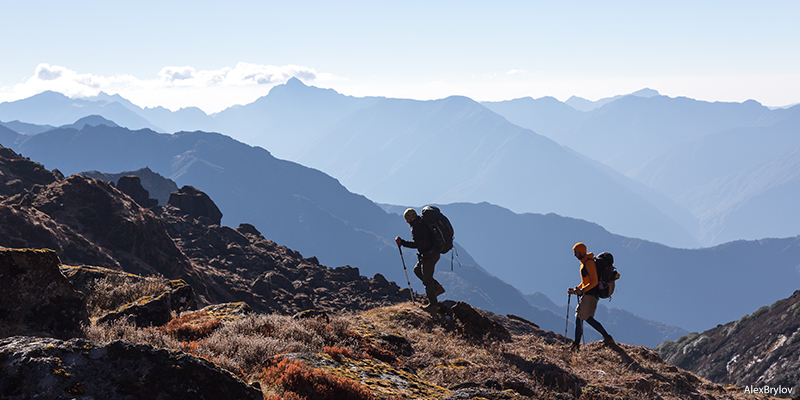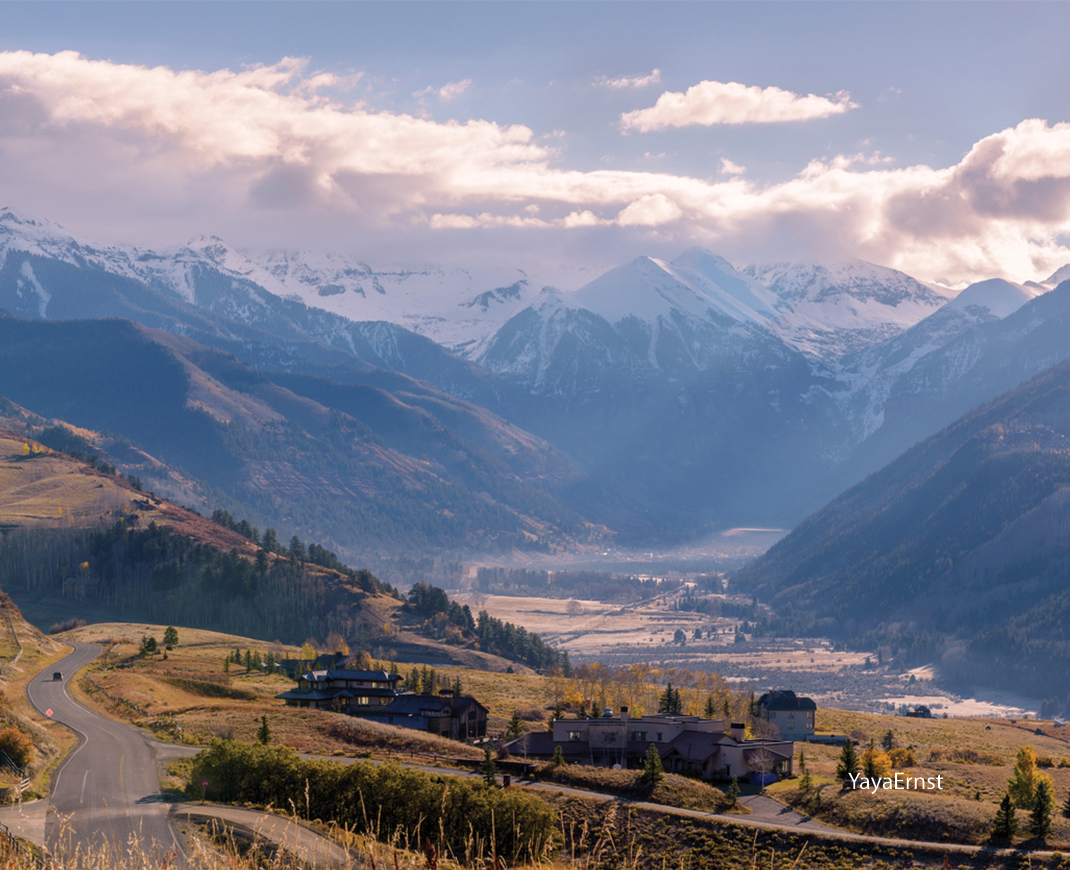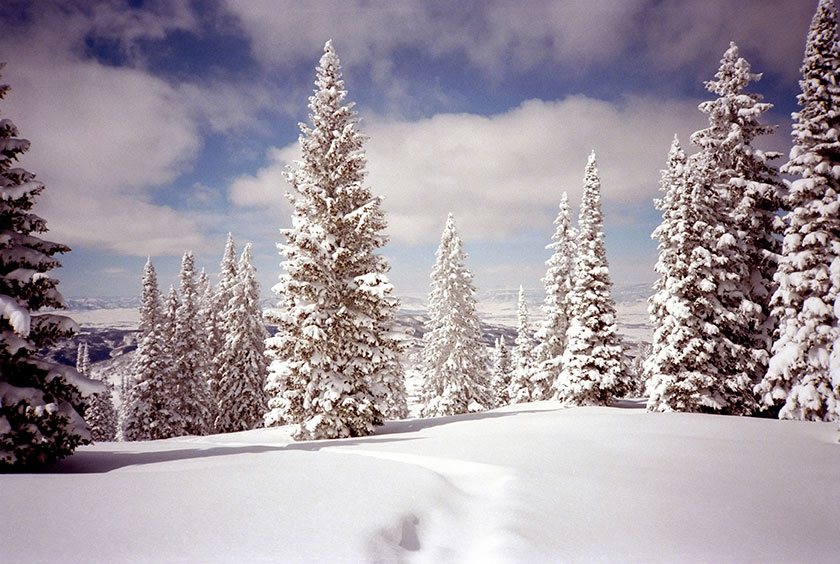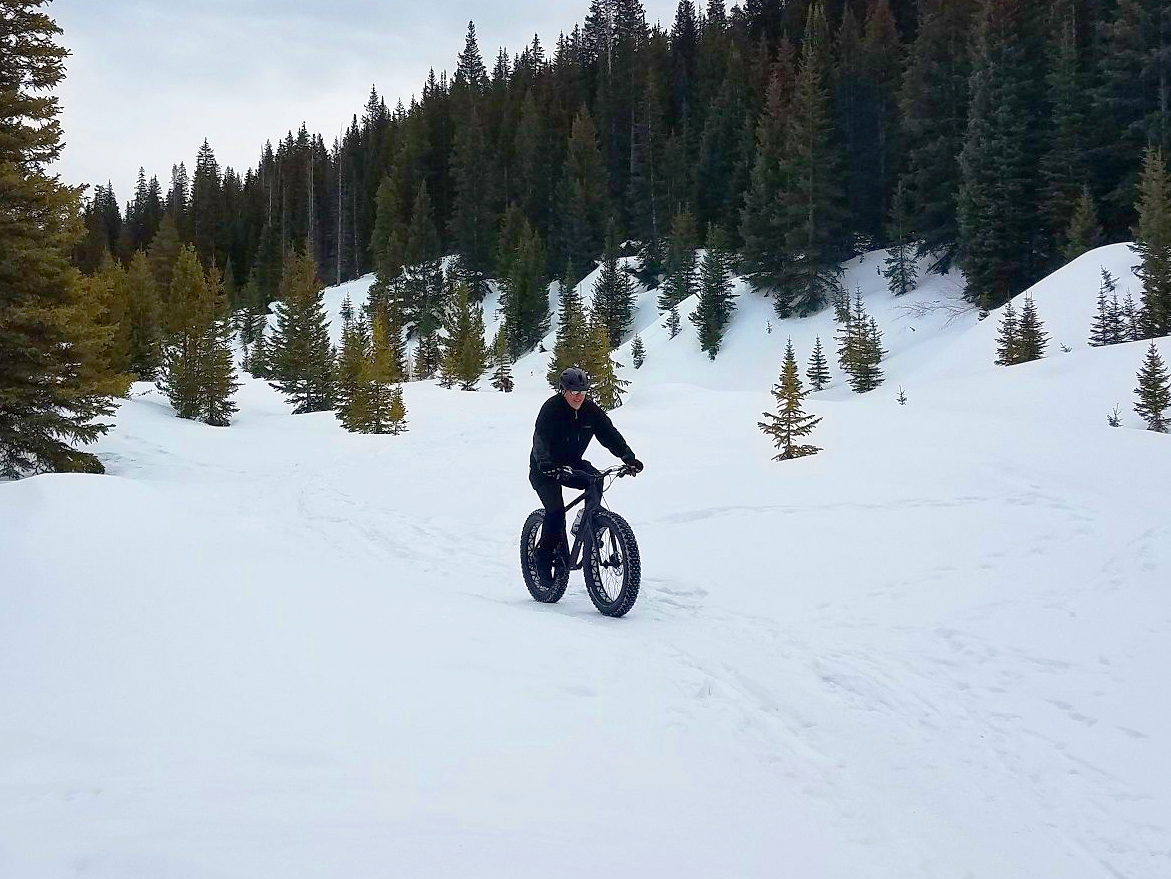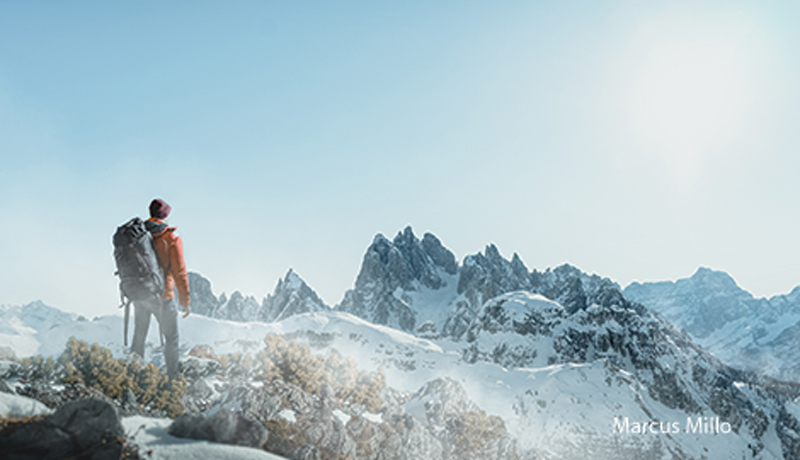High-Altitude and Backcountry Safety
A Guide to Backcountry and High-Altitude Safety
Colorado has many opportunities for fun, and it is important to have backcountry safety skills and a “High Altitude Safety First” mentality. Here are several safety tips that you may find helpful:
High Altitude Safety Tips
Weather and Seasonal Hazards
Summer days in the Colorado mountains are notorious for beautiful, cloudless mornings and intensely thunderous afternoons. Storms move in rapidly, and temperatures drop suddenly. It’s not unusual for the temperature to be 70 to 80 degrees in the morning and 50 to 60 degrees in the afternoon, depending on the altitude. Along with the cold temperatures and stormy skies comes the threat of lightning. Plan for an early morning start when hiking or mountain biking, especially if your route is above the treeline.
High Altitude Safety
Most of Colorado’s mountain towns are 6,000 feet above sea level, and the backcountry is usually even higher in the respective area. When you first arrive, acclimate yourself for a period of time with light activity. At high elevations, the atmosphere is thinner; there is less oxygen and humidity available to you than at sea level. Throbbing headaches and feeling weak, lazy, dizzy, and/or nauseous are all symptoms of altitude sickness, warning you to decrease your activity level and increase your water intake.
Altitude Sickness
Acute mountain sickness occurs within a few hours to days after arrival at altitudes above 8,000 feet. The symptoms are headache, insomnia, loss of appetite, nausea, fatigue, and breathlessness. It can also be accelerated by drinking alcohol upon arrival to high altitudes without proper acclimation. To help prevent altitude sickness, avoid alcohol, drink plenty of liquids, and don’t over-exert yourself.
Backcountry Safety Tips
The elevations get even higher in the backcountry, and the weather becomes more unpredictable and can change quickly. Remember to take frequent breaks from the cold or heat. Even if the forecast calls for warm weather, it is important to bring extra clothes (a rain jacket) in case of a sudden temperature change or it begins to rain while you enjoy the day. It is wise to layer your clothes, no matter the season. A T-shirt, wool sweater, nylon windbreaker with a hood, a rain jacket, and a bottle of water are basic equipment for any summer activity. Winter sports enthusiasts should wear warm, waterproof gloves, hats, socks, plenty of warm, water-resistant clothing, and goggles or sunglasses with adequate UV protection.
High Altitude Safety against Sunburns
Sunburns at high altitudes can be more severe for several reasons. Namely, there is less atmosphere to absorb the ultraviolet rays. Year-round, be sure to protect yourself with protective clothing, such as a hat with a brim, sunglasses (remember, if your skin burns more easily at high altitudes, your eyes will, too), use ample sunscreen on any exposed skin–face, neck, top of ears, hands – and wear SPF lip balm. This even applies on cloudy days – the Colorado sun is stronger than you think!
River Safety
Tips to help you stay safe while you are on the river:
- Never boat or fish alone.
- Wear a fitted Personal Flotation Device when participating in or near fast-running whitewater.
- Know the dangers of hypothermia and how to deal with it. Also, know the early signs and symptoms of heat exhaustion and dehydration in hot weather.
- Carry a first-aid kit and know how to use it.
- Wear wading shoes or boot-foot waders with soles that grip the type of riverbed you’re on.
Backcountry Safety and Wildlife – Be Bear Aware
Keep trash cleaned up, and do not leave food outside unattended. If you are camping, keep food stored in closed, bear-proof containers and sleep well away from food. Keep pets close by; have pets on a leash to avoid chasing wildlife or wandering off. Keep a close eye on children; do not allow them to play outside after dusk or before dawn without close supervision. If you will be outside during dawn or dusk, make lots of noise and make your presence known. If you encounter wildlife, keep your distance, stay calm, and back away slowly. If the animal aggressively approaches you, fight back.
Colorado Outdoor Recreation Search and Rescue Card (CORSAR)
Colorado residents and visitors are served by dedicated volunteer search-and-rescue teams, including Mountain Rescue Aspen. Sheriffs and search-and-rescue teams do not charge for search and rescue in Colorado, so never hesitate to call for help. However, by purchasing a Colorado Outdoor Recreation Search and Rescue (CORSAR) card, you are contributing to the Search and Rescue Fund, which reimburses these organizations for costs incurred in during search and rescues across the state. The CORSAR card is available for $5 for a one-year card. Note: The CORSAR card does not cover any medical transposition costs you may incur, such as a ground or air ambulance.
A CORSAR card can be purchased online at www.colorado.gov/dola/search-and-rescue-fund.
Backcountry and High Altitude Safety
Tell someone where you are going, when you expect to return, and where to call if you don’t return when you planned.
For more information, visit Mountain Rescue Aspen’s website at www.mountainrescueaspen.org.
|
|

